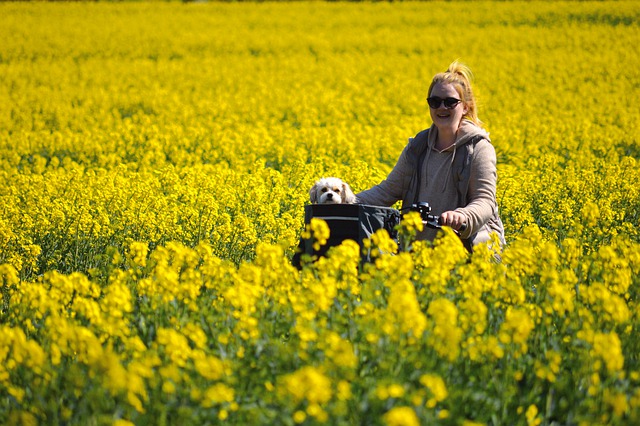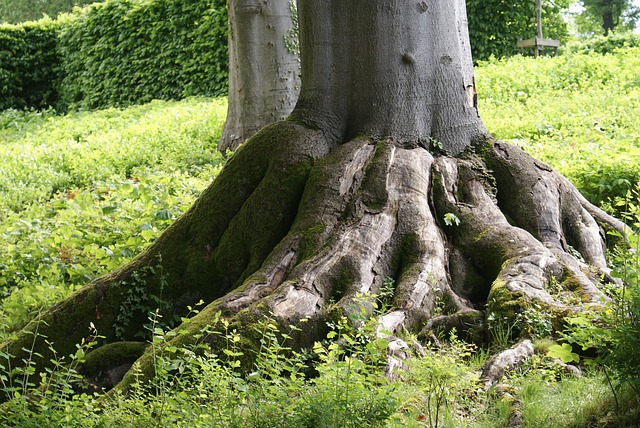We have each experienced situations where someone seems to overact to what appears to be a minor stimulus – a sound, a sight, something said, or a gentle touch on the arm. For example, I have seen people become hysterical while just observing a one-on-one facilitation process or hearing a very loud note sung close to them. More than likely, we have each observed a disruptive person in a team meeting or training course, someone who is withdrawn and refuses to engage in conversation or someone who is overly aggressive. Bruce D. Perry and Oprah Winfrey in their book, What Happened to You? maintain that understanding the impact of trauma on others helps us to build tolerance for what seems initially to be aberrant behaviour. They argue that the foundation for that understanding is learning about how our brains operate.
Understanding how our brains work
Bruce illustrates the processes of the brain by showing an inverted triangle with the cortex at the top and the “lower brain” or reptilian brain at the bottom. While the cortex enables us to think, create and plan and is conscious of time (past, present and future), the lower part of the brain has no sense of time but serves to regulate bodily functions. The fundamental problem with our emotional and behavioural response to stimuli is that all sensory input (perceptions) are first processed in the lower part of the brain and interpreted there after matching with prior experiences (which are stored along with the emotional content). This is why someone who shares a disturbing event with others can become quite emotional even when the event occurred many years before.
The associated problem is that sensory input (sight, sound, taste, touch and smell) can stimulate recall of a traumatic experience – “a powerful, frightening or isolating sensory experience”. Bruce discusses a case study of a veteran of the Korean war experiencing Post-Traumatic Stress Disorder (PTSD). The sound of a motorcycle backfiring would generate an “extreme survival response” such as immediately lying prone on the ground behind some form of shelter. Bruce comments that what was originally an “adaptive protective memory” (for surviving in the trenches “where you had to keep your head down”), had become a maladaptive behavioural response. The veteran’s life became “miserable” because he was frequently startled, always on the alert (scanning a room or the environment continuously) and often “jumpy”.
Maladaptive responses
Oprah pointed out that people like the veteran who have maladaptive responses to stimuli, often ask “What’s wrong with me?” The book she has produced with Bruce, changes the focus to “What happened to you”. Understanding what people have experienced and the depth of the impact on their lives helps to build tolerance and empathy, and ideally, compassionate action. Bruce explained that for each of us “every moment builds upon all other moments that come before”. The net result of our personal history shaping our brain’s development is that “each of our brains are unique” – our experiences, traumatic and otherwise, shape our perceptions of the world, what we feel and how we respond.
Oprah describes in detail her own traumatic experiences and maintains from her numerous interviews with people who have experienced trauma, that the result is often self-sabotage in the form of addiction, abuse, promiscuity or “the need-to-please”. She argues that there is considerable work to be done by the individual and their therapist to identify the trauma-inducing event, the “evocative cues”, and the related emotional and behavioral responses.
Rebuilding confidence after a traumatic accident
Experiencing a traumatic accident can leave more than just physical scars—it can deeply impact your confidence, independence, and sense of self. Rebuilding that confidence is a journey, and it takes time, support, and the right resources. Runion Personal Injury Lawyers provides a guide, Rebuilding Confidence After a Traumatic Accident, that offers practical advice and emotional insight for survivors who are navigating life after injury. From managing fear and anxiety to rediscovering your strengths and setting achievable goals, the guide is designed to help individuals feel seen, supported and empowered through their recovery. Whether the trauma was recent or years ago, this resource is available to remind survivors that healing isn’t just possible—it’s personal, and it starts with one step at a time.
Reflection
We can become more tolerant of other people if we acknowledge Bruce’s findings (developed through neuroscience and clinical practice) that “each of us sees and understands the world in a unique way” – and this conclusion applies to us also! Our view of the world is not the only view nor is it necessarily complete, accurate or uncontaminated by our life experiences. We are challenged to recognise our own fallibility, especially if we too have had traumatic experiences that will have shaped our perceptions and responses. We can build our tolerance of others too if we work to understand what trauma does to the brain and its impact on behavioural responses. Bruce suggests that we approach others with a degree of “curiosity”, wanting to understand what happened to them (not what’s wrong with them). Frank Ostaseski, author of The Five Invitations, encourages us to cultivate openness and curiosity – to replace criticism with understanding.
As we grow in mindfulness through reflection, journalling, research on trauma and meditation, we can develop greater openness and curiosity, increase our self-awareness (including of the impacts of trauma on our own emotional and behavioural responses) and cultivate understanding, empathy and compassion.
_________________________________
Image by John Hain from Pixabay
By Ron Passfield – Copyright (Creative Commons license, Attribution–Non Commercial–No Derivatives)
Disclosure: If you purchase a product through this site, I may earn a commission which will help to pay for the site, the associated Meetup group, and the resources to support the blog.







